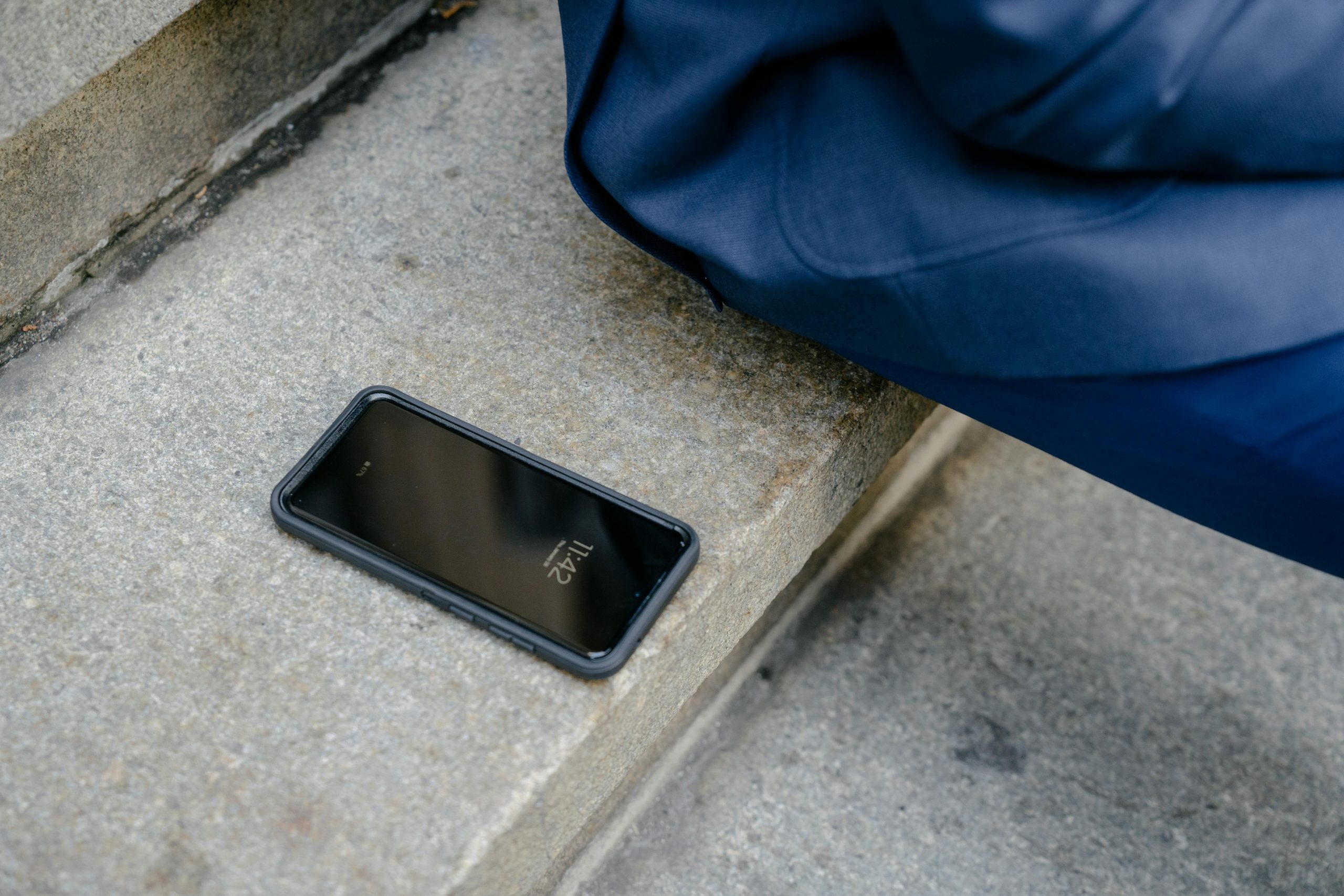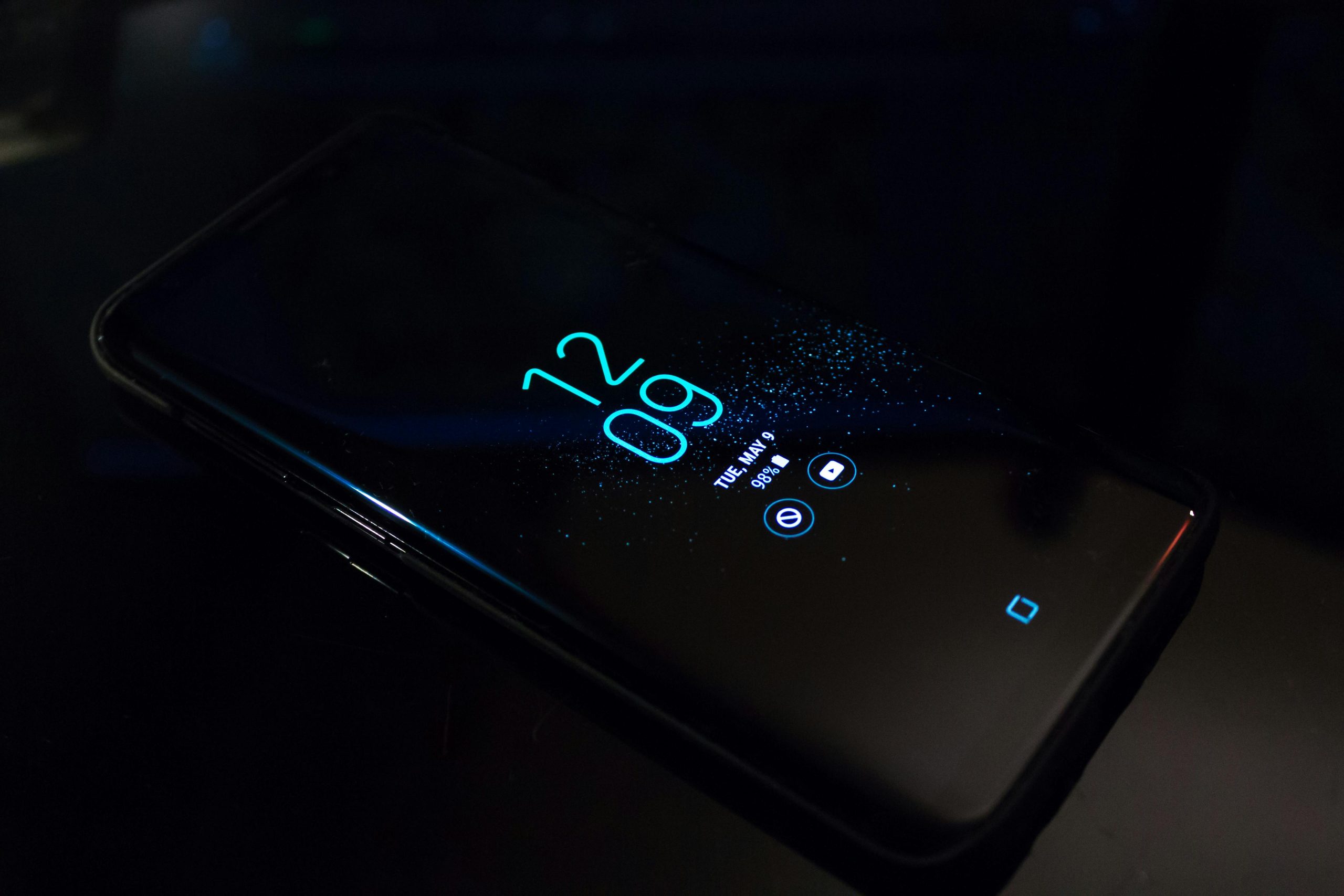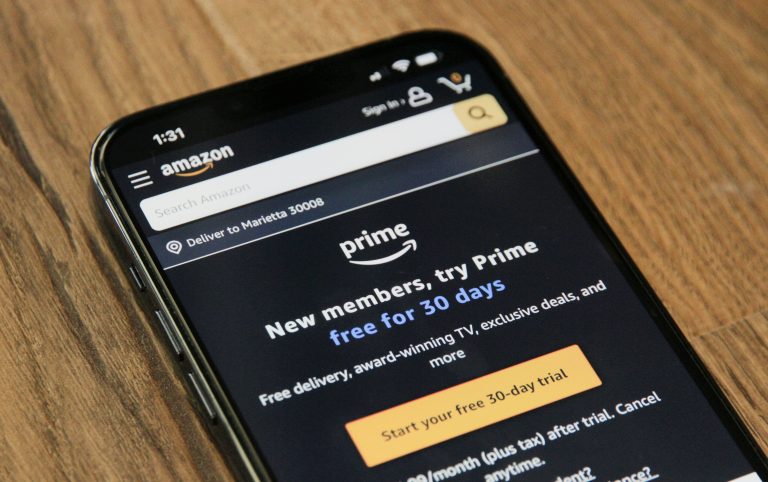How Police Trace Phone Location Using IMEI Number
In today’s digital age, smartphones have become an integral part of our lives. Unfortunately, this also makes them a prime target for theft and other criminal activities. To combat this, law enforcement agencies employ various techniques to trace and recover stolen phones, one of which involves the use of the International Mobile Equipment Identity (IMEI) number. This article explores how police trace phone locations using IMEI numbers, the technology behind it, and its implications.

Understanding the IMEI Number
The IMEI number is a unique 15-digit identifier assigned to every mobile device. It is used by networks to identify valid devices and can be used to prevent a stolen phone from accessing the network. The IMEI number is distinct from the subscriber’s information, meaning it identifies the device itself, not the user or the SIM card.
How IMEI Tracking Works
1. Report the Theft:
– When a phone is reported stolen, the owner can provide the IMEI number to the police. This number is often found on the phone’s original packaging, under the battery, or can be retrieved by dialing *#06# on the phone.
2. Collaboration with Mobile Operators:
– Police collaborate with mobile network operators to trace the phone. Every time a phone connects to a network (via a call, SMS, or data connection), it transmits its IMEI number. This allows operators to log the phone’s location based on cell tower triangulation or GPS data if the phone has location services enabled.
3. Blacklisting the IMEI:
– The IMEI number can be blacklisted, making the phone unusable on any network that subscribes to the blacklist. This deters thieves from using or selling the stolen device. Blacklisting is done by the network operators upon request from law enforcement.
4. Locating the Phone:
– To locate the phone, police can request the network operator to provide location data of the device based on its IMEI number. This is typically done through triangulation, where the phone’s signal strength is measured at multiple cell towers to estimate its location. If the phone is connected to a Wi-Fi network, more precise location data can be obtained.
Technologies Involved
1. Cell Tower Triangulation:
– This is the most common method used to locate a phone. It involves measuring the phone’s signal strength at multiple cell towers and using the differences in these measurements to calculate the phone’s approximate location. The accuracy of this method depends on the density of cell towers in the area.
2. Global Positioning System (GPS):
– If the stolen phone has GPS enabled, it can provide more accurate location data. GPS uses satellites to pinpoint the exact location of the device. However, this requires the phone to have an active data connection and location services turned on.
3. Wi-Fi and Bluetooth Tracking:
– When a phone connects to a Wi-Fi network, it can reveal its location with higher accuracy than cell tower triangulation. Similarly, if Bluetooth is enabled and connects to nearby devices, these connections can also aid in locating the phone.
Legal and Privacy Considerations
1. Legal Process:
– Law enforcement agencies typically require a warrant to access location data from network operators. This ensures that the process is legally sound and respects the privacy rights of individuals.
2. Privacy Concerns:
– While IMEI tracking is a powerful tool for recovering stolen phones, it raises significant privacy concerns. The ability to track a phone’s location can be misused if not properly regulated. Therefore, stringent laws and oversight are necessary to prevent abuse of this technology.
3. User Consent:
– Users should be aware of their rights and the procedures involved in IMEI tracking. Consent and transparency are key to maintaining trust in law enforcement and network operators.
Effectiveness and Limitations
1. Effectiveness:
– IMEI tracking is highly effective in urban areas with dense cell tower networks. It can quickly pinpoint a phone’s location, aiding in swift recovery.
2. Limitations:
– In rural areas with fewer cell towers, triangulation may be less accurate. Additionally, if the phone is turned off, disconnected from networks, or its IMEI number is altered (cloning), tracking becomes challenging.
IMEI tracking is a crucial tool for law enforcement agencies to combat phone theft and recover stolen devices. By leveraging the unique IMEI number and collaborating with mobile network operators, police can trace the location of stolen phones with varying degrees of accuracy. While this technology is effective, it also necessitates careful legal and privacy considerations to prevent misuse and protect individuals’ rights. As technology evolves, so too will the methods and regulations surrounding IMEI tracking, aiming to balance security and privacy in the digital age.




